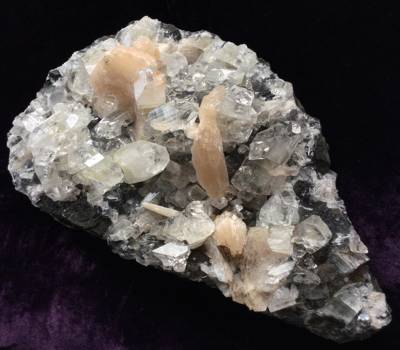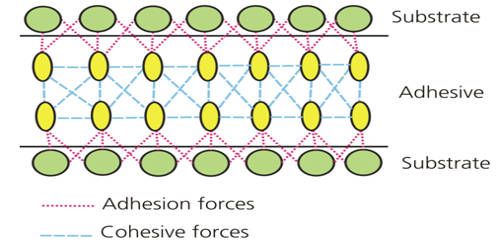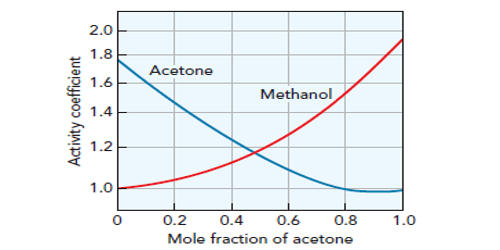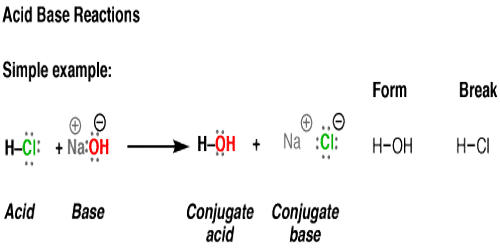The name apophyllite refers to a specific group of phyllosilicates, a class of minerals. Apophyllite, whose name roughly means “to leaf apart” in Greek, is a mineral classic. Originally, the group name referred to a specific mineral, but was redefined in 1978 to stand for a class of minerals of similar chemical makeup that comprise a solid solution series, and includes the members fluorapophyllite-(K), fluorapophyllite-(Na), hydroxy apophyllite-(K).
Apophyllite can be found in India, the USA, Brazil, Scotland, Northern Ireland, South Africa, and Mexico. There are also deposits found in Canada, Iceland, Norway, Germany, and Japan.
General Information
- Category: Phyllosilicate
- Formula: (K, Na)Ca4Si8O20(F, OH)·8H2O
- Crystal system: Tetragonal (Fluorapophyllite-(Na) is orthorhombic)
- Luminescence: Non-fluorescent.
Other Characteristics: Prism faces are striated lengthwise, some specimens are fluorescent and crystals will flake when heated.

Properties
It is probably the first exotic mineral that a young collector will own after filling up on specimens of calcite, quartz, pyrite, galena, mica, fluorite, gypsum, apatite, etc, etc. After these common minerals, apophyllite seems like a real rarity and it offers so much to the collector. It has beauty, pastel colors, a bright luster, interesting well-formed habits, unusual associations with other exotic minerals and recently large amounts of quality specimens have become available at amazingly low prices compared to twenty years ago.
- Color: Usually white, colorless; also blue, green, brown, yellow, pink, violet
- Crystal habit: Prismatic, tabular, massive
- Fracture: Uneven
- Mohs scale hardness: 4.5 – 5
- Luster: Vitreous; pearly
- Streak: White
- Diaphaneity: Transparent to translucent
- Specific gravity: 2.3 – 2.4
Occurrence:
Though relatively unfamiliar to the general public, apophyllites are fairly prevalent around the world, with specimens coming from some of the world’s most well-known mineral localities. These localities include Jalgaon, India; the Harz Mountains of Germany, Mont Saint-Hilaire in Canada, and Kongsberg, Norway, with other locations in Scotland, Ireland, Brazil, Japan, and throughout the United States.
Information Source:
















